Written By : Stephane Nathaniel
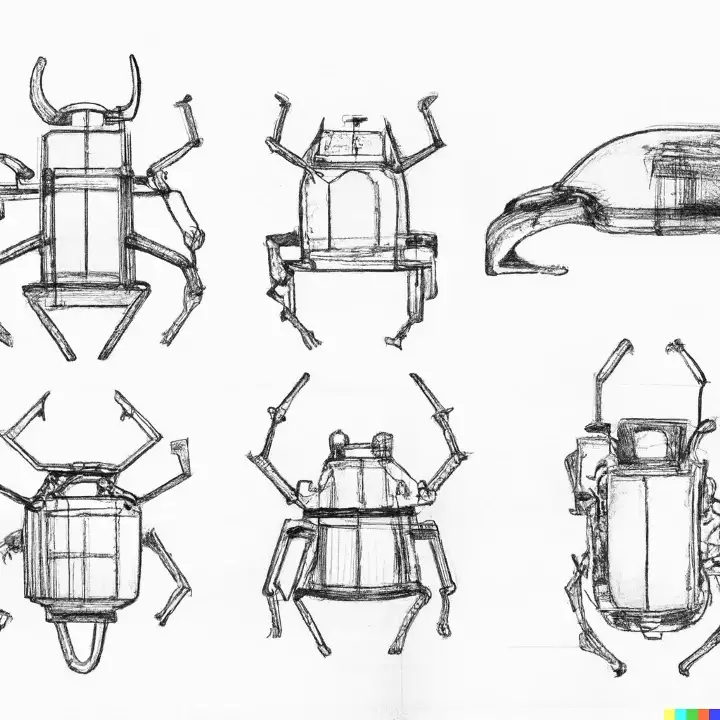
The Future of Insect Robotics
Insect robotics is a rapidly expanding field that promises to transform how we connect with nature. By exploiting the particular talents of insects, robots can be made to accomplish a range of tough or impossible jobs.
Many jobs that are difficult or impossible for traditional robots, such as search and rescue, monitoring of hazardous settings, and pollination, are ideally suited to insects. Insect robots can be made to be small and light, making them ideal for applications with size and weight restrictions. In many cases, the ability of insects to fly, climb, and crawl gives them a significant edge over wheeled or legged robots.
However, the utilization of insects as robotic platforms is not without obstacles. Insects are tough to control and difficult to manipulate due to their small size. In addition, the majority of insect lifespans are relatively brief, necessitating frequent replacement. In spite of these obstacles, insect robotics is a fast expanding field with enormous potential.
Over millions of years, insects have evolved to become some of the most successful organisms on Earth. Their success is in part owing to their remarkable adaptability to their environment. This adaptability makes insects excellent candidates for robotic platforms. Insects may be manipulated to accomplish numerous activities, making them suitable for a vast array of applications.
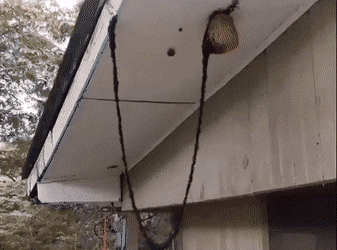
Insects are the most varied class of animals on the earth, with over a million different species. From the coldest tundra to the hottest desert, insects can be found almost anywhere on the planet. Almost every ecosystem benefits from the crucial functions that insects perform as both predators and prey. Numerous insects are crucial plant pollinators, and some even aid in the decay of dead animals and plants.
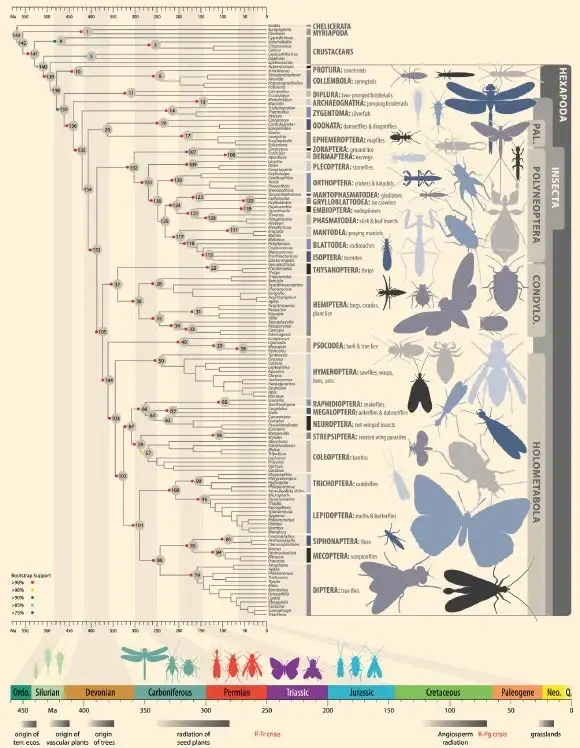
There is a lot of excitement about the possibilities of insect robotics, an area that is expanding quickly. By exploiting the particular talents of insects, robots can be made to accomplish a range of tough or impossible jobs.
However, the utilization of insects as robotic platforms is not without obstacles. Insects are tough to control and difficult to manipulate due to their small size. In addition, the majority of insect lifespans are relatively brief, necessitating frequent replacement. In spite of these obstacles, insect robotics is a fast expanding field with enormous potential.
Brief History of Entomology — Humanity’s Interest into the Insect World
The word “entomology” is derived from the Greek ἔντoμος (entomos), meaning “that which is cut in pieces or segmented”, and -λογία (-logia), meaning “study”. So, entomology literally means “the study of insects”. The first person to use the word “entomology” was Aristotle (384–322 BC), who wrote a treatise called “History of Animals”, in which he divided animals into those with blood and those without. Insects were placed in the latter category.
Theophrastus (372–287 BC), a disciple of Aristotle, authored a work titled “Enquiry into Plants” in which he explained in depth the life cycles of numerous insects that harm crops. This is among the oldest mentions of insect pests and their management.
During the Renaissance, there was a resurgence in entomology. Many new bug species were described for the first time by naturalists such as Conrad Gessner (1516–1565) and Ulisse Aldrovandi (1522–1605).
The Dutch scientist Jan Swammerdam (1637–1680) made significant contributions to our understanding of insect anatomy and physiology in the 17th century. In addition, he was the first person to see and describe insect metamorphosis, the process by which an insect changes form as it develops from larva to pupa to adult.
In the 18th century, another prominent person in entomology, Carolus Linnaeus, was active (1707–1778). Linnaeus pioneered the system of scientific taxonomy that is still in use today, and his contributions to entomology helped to bring order to the developing science.
The nineteenth century was a golden age for entomology. Insects were able to be studied in more depth than ever before, and numerous new species were identified and named as a result. Major people from this time period include the French entomologist Jean-Henri Fabre (1823–1915), who did much to promote the study of insects, and the British entomologist Frederick William Hope (1797–1862), whose work set the groundwork for contemporary taxonomical procedures.
Today, entomology is a lively and thriving science, with researchers focusing on everything from the creation of innovative ways for pest control to the protection of endangered species.
The study of these marvelous creatures enabled us to approach the insect ecosystem with keep eyes looking out for anatomy, chemical sensing and even the social interactions.
History of Insect Robotics
In a 1948 study, a described autonomous robots, or “automata,” that could perform simple behaviors like avoiding hazards and following light sources. This was the first known application of an insect-inspired robot. During the Cybernetic Era, which lasted from the 1950s through the 1970s, insects were extensively investigated as examples of how simple neural systems could generate complex behaviors. Through this work, basic robotic platforms like BEAM (Biology, Electronics, Aesthetics and Mechanics) robots, which are still in use today, were developed.
Despite their simplicity, insects have developed a number of defense mechanisms against predators, prey, and shifting environmental conditions. They are also surprisingly skilled at surviving in a wide range of habitats. Robotic systems can benefit from the same techniques to make them more resilient and adaptable in uncertain circumstances. Insect social behavior such as that of bees or ants building nests or termites working to build complex mound structures is an inspiration for swarm intelligence, where large numbers of relatively simple agents work together to achieve complicated goals. Robot swarms used for activities like environmental monitoring or search-and-rescue missions have successfully used this strategy.
Even NASA has been at the forefront of insect robotics research. The DEKA Arm System was created by NASA’s Jet Propulsion Laboratory (JPL) in the early 2000s and was modeled after the structure of an insect’s leg. The arm was made to be robust enough to handle hazardous chemicals and repair spaceships while also being light enough to conduct delicate jobs.
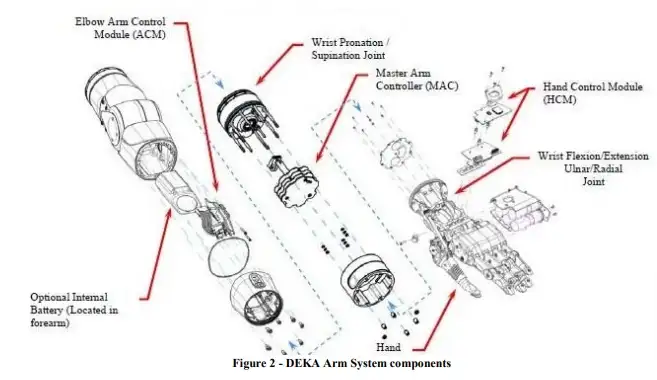
Since then, JPL has kept working on new technologies for robots that resemble insects. The Robotic Microspine Climber, which can cling to surfaces using thousands of microscopic hairs on its feet, was unveiled in 2010. (inspired by geckos). Future trips to Mars or other rocky worlds may make use of the Microspine Climber because they would benefit from having a robot that could scale cliffs and walls.
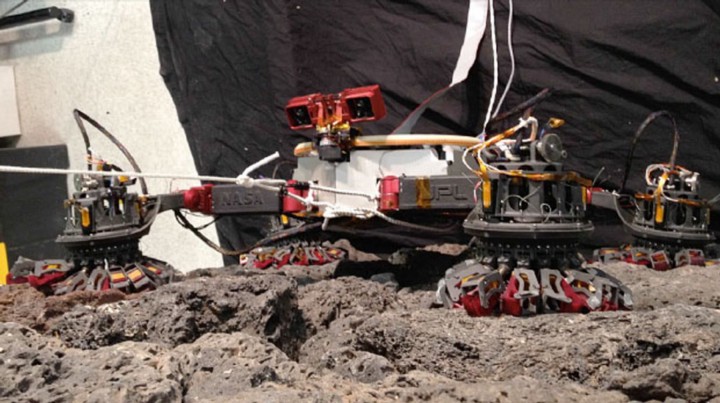
For groups of insect robots, JPL is also creating “swarm” intelligence. This would enable a sizable number of robots to collaborate on projects like looking for survivors in a disaster region or mapping an uncharted terrain. Swarm intelligence is still in its infancy, but it has a lot of potential to improve the effectiveness and efficiency of robotic systems.
It’s probable that as technology develops, NASA will produce even more incredible insect-like robots in the future.
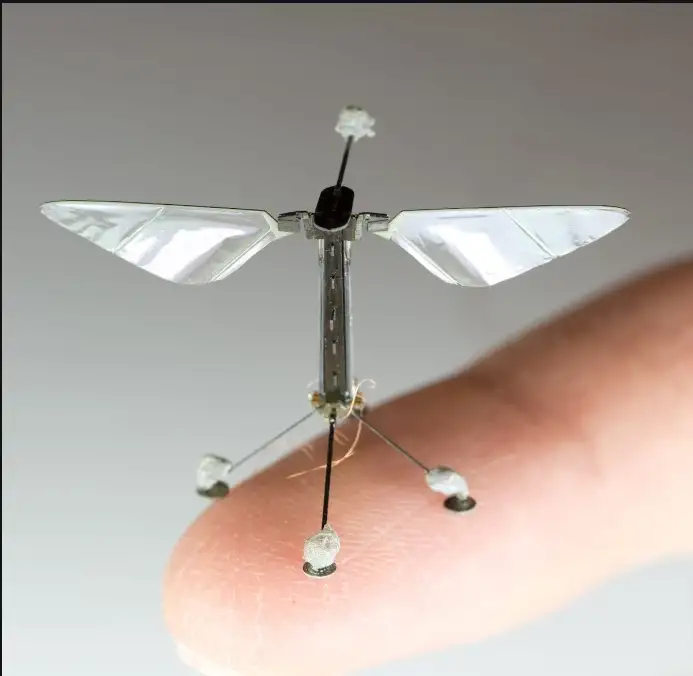
We still have a lot we can learn from insects about how to construct effective, dependable, and flexible robots. Future generations will certainly look back on our current creations with fondness, but also possibly a little envy at how far we still have to go before achieving full artificial intelligence, as we continue to face ever more difficult difficulties.
Conclusion
Insects are ideal candidates for robotic inspiration due to their small size, their ability to fly, and their ability to climb on and walk across a variety of surfaces. Insect robotics has a wide range of possible uses, including environmental monitoring, agricultural pest control, and search and rescue. Robotic insects could be employed to look for survivors in destroyed structures or other catastrophe areas. They might also be used to keep an eye on environmental factors like pollution in the water and the air. In addition, insect robots could be employed in agricultural settings to target particular pests, obviating the need for toxic pesticides.
The development of ever-more advanced and capable robots by researchers bodes well for the exciting future of insect robotics. Insect robots may one day be able to match or perhaps surpass the capabilities of their real-world counterparts.
Whats Next?
In part 2, we’ll delve into the anatomy of several species of insects, explain how/why natural selection shaped them in this way, and discuss how we might use this knowledge to enhance robotics. Who knows, perhaps swarms of robots inspired by insects will one day be used to explore planets.
References
Hu, D.L. (2020). How to walk on water and climb up walls : animal movement and the robots of the future. Princeton ; Oxford: Princeton University Press.
Wyss Institute. (2016). RoboBees: Autonomous Flying Microrobots. [online] Available at: https://wyss.harvard.edu/technology/robobees-autonomous-flying-microrobots/.
Motherboard (2016). The Cyborg Beetles Designed to Save Human Lives. YouTube. Available at: https://www.youtube.com/watch?v=tgLjhT7S15U [Accessed 18 Feb. 2020].
NASA/JPL Edu. (n.d.). Educator Guide: Design a Robotic Insect. [online] Available at: https://www.jpl.nasa.gov/edu/teach/activity/design-a-robotic-insect/.
penelope.uchicago.edu. (n.d.). Aristotle: History of Animals IV. [online] Available at: https://penelope.uchicago.edu/aristotle/histanimals4.html [Accessed 22 Sep. 2022].
Source, N.S. / (2014). Researchers Map Family Tree of Insects | Sci.News. [online] Sci.News: Breaking Science News. Available at: https://www.sci.news/biology/science-family-tree-insects-02264.html [Accessed 22 Sep. 2022].

